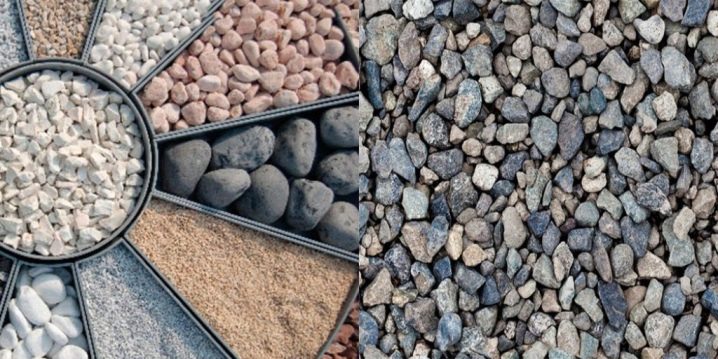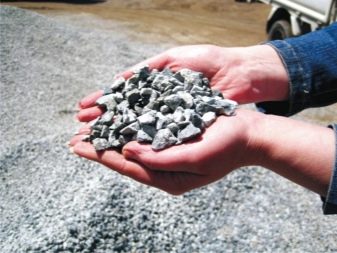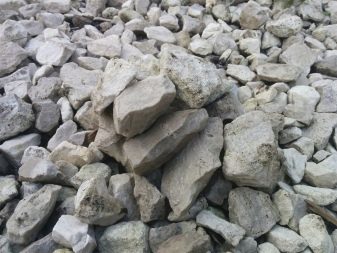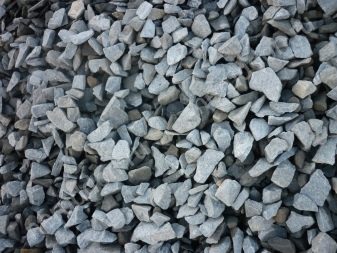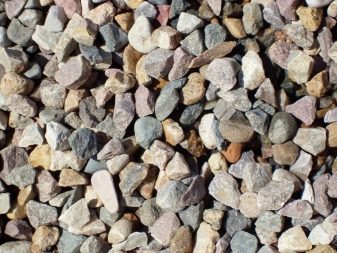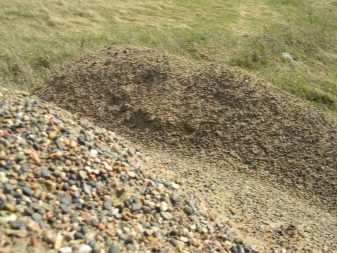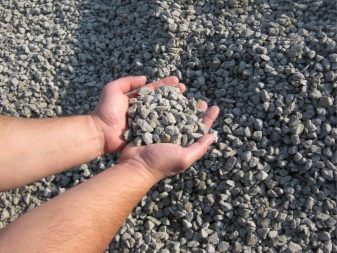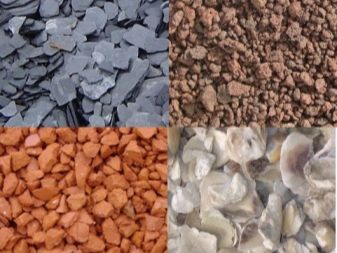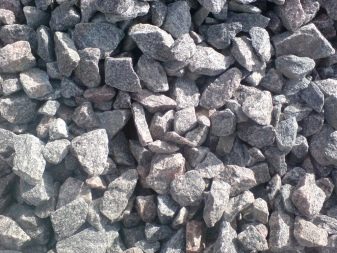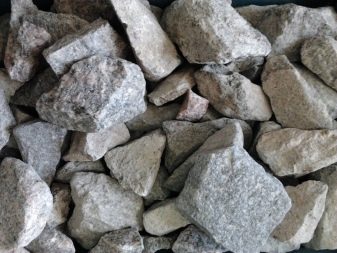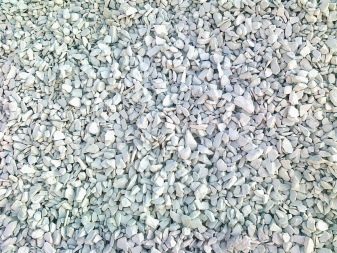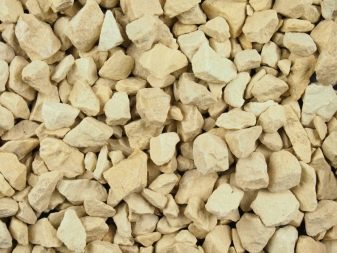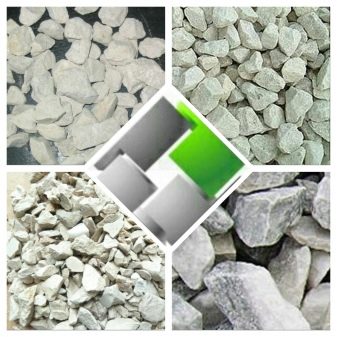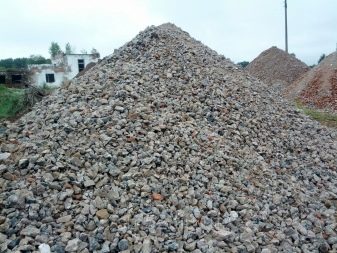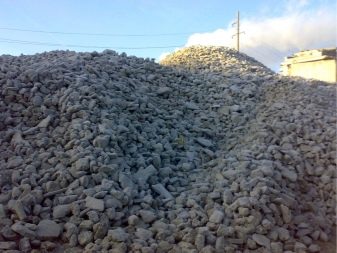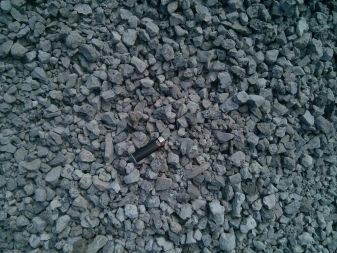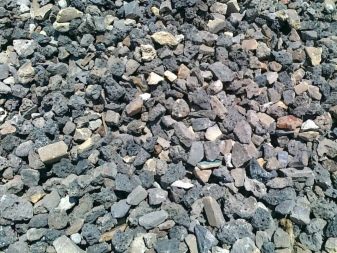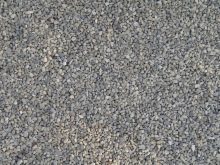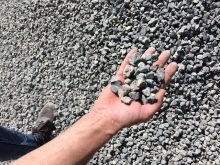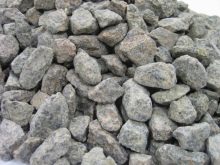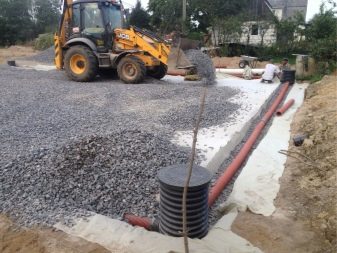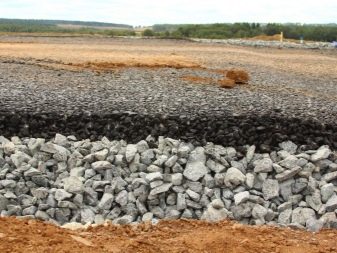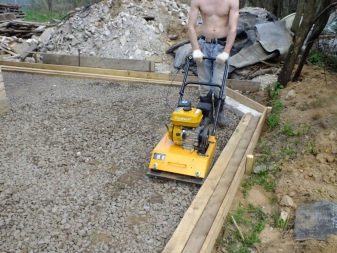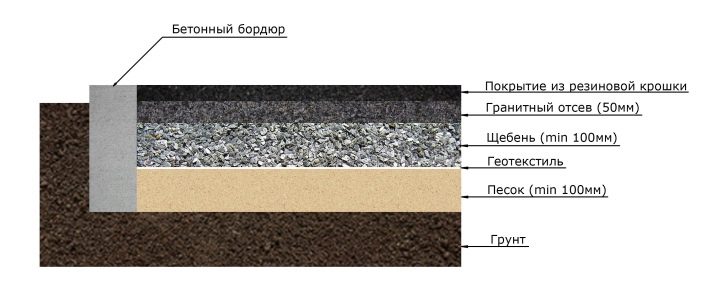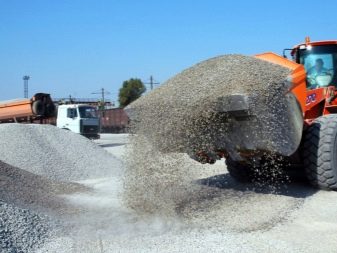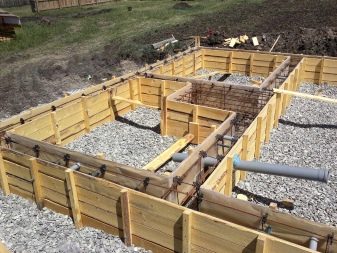How to choose the crushed stone for the foundation: criteria and recommendations
The foundation of any house is the foundation, for which you should select the highest quality building materials. One of the constituent components of the foundation is crushed stone. It is on his choice that the strength and durability of the future structure (house) depends, in addition, high-quality building materials allow you to avoid additional considerable expenses, since you will not have to change or correct something during construction. To make the right choice, you need to understand all types of rubble and understand what grade and for what purpose is ideal.
Special features
Crushed stone is one of the common fillers for the concrete mix, without which no modern construction of a house or other object can do.This building material has many classifications and is endowed with different characteristics and features, on which the quality of future construction directly depends, and the strength of concrete, and the strength of the foundation. Despite the low cost as for a building material, all the indispensable qualities in construction are combined in rubble.
Crushed stone has the following features:
- high degree of strength - when compared with all fillers for a concrete mix, granite material is the strongest of all types of rubble;
- moisture resistance - crushed stone does not react at all to moisture;
- excellent tolerance to temperature changes - frost and heat, as well as resistance to environmental influences. Crushed stone can withstand up to three hundred changes in temperature cycles;
- high adhesion - due to the rough surface and acute-angular form, the adhesion of the material with concrete is significantly enhanced;
- reduction of precipitation and creep of concrete, which minimizes the occurrence of cracks and all sorts of deformations in the constructed building;
- ease of use;
- high performance properties.
In addition, due to the diversity of crushed stone types, you can always choose the one that is suitable not only for technical characteristics, but also for cost.
High-quality crushed stone should be selected based on the following technical characteristics:
- flakiness is a characteristic of flatness of the material. In total, crushed stone has 4 flakiness categories: rounded, cubical, improved and normal;
- degree of strength - the stronger the material, the better. Two types of crushed stone are endowed with the highest strength indicators: granite and gravel;
- radioactivity is an important characteristic depending on the deposit of building material. High-quality crushed stone is certified for radioactivity. This indicator does not affect the strength of the material, however, the level of environmental friendliness depends on it;
- frost resistance - this characteristic indicates the number of seasons that the foundation of this material will sustain. By the level of frost resistance, crushed stone can be divided into stable, unstable and highly resistant;
- compaction factor - the density of crushed stone ranges from 1.2 to 3 g / cm³. This coefficient depends on the type of origin of the material.Crushed stone with a high degree of density is universal and has unlimited scope of application. The density and strength of this building material are directly proportional indicators.
Kinds
Crushed stone for the foundation is divided into types by fractions, as well as by purpose.
By the nature of origin, this building material is divided into many types, among which it is necessary to highlight such as:
- granite;
- gravel
- limestone;
- secondary;
- slag.
Each of the above types has its own characteristics, features and purpose, which is a decisive factor when choosing one or another type of material.
Granite
Granite crushed stone is a building bulk and granular material of inorganic origin. Grains of gravel are quite large - from 5 mm and more, which are mined by crushing granite. Such crushed stone has excellent technical characteristics, which makes it popular for building materials in various processes. It is a good aggregate for high-quality concrete. Most often it occurs in a reddish or grayish hue, since it contains mica, feldspar and quartz.Granite rubble is the most expensive, since it can withstand enormous loads, has excellent adhesion to concrete, is resistant to temperature changes and is endowed with high strength.
This building material is divided into such fractions as:
- 5–10 mm - used in the production of concrete, reinforced concrete, asphalt, as well as for decorative purposes;
- 5–20 mm is one of the most sought after fractions in the manufacture of asphalt and concrete. In addition, it is used when pouring the foundation of a residential building, bridge structures, the web of bridges, as well as for decorative purposes;
- 10–20 mm - used in the production of concrete, reinforced concrete, when laying foundations, when pouring structures for the construction of bridges;
- 20–40 mm - using this fraction of gravel, dumping areas, roads, and also make pillows for the foundation of the foundation and use them for decorative purposes;
- 25–60 mm - most often used in the construction of railways, the ballast layer is performed. In addition, it is perfect for dumping roads and playgrounds, as well as in decorative projects;
- 70–150 mm - this fraction of crushed granite is indispensable in places with flowing soil and huge loads on dumping sites;
- 0–0,5 mm is a screening used as a decorative material during finishing work. In addition, it is suitable for sleeping tracks, playgrounds and sports areas.
Granite rubble has many advantages and only the only drawback - this is a high price segment.
Gravel
Gravel rubble is a nonmetallic, granular material, which is obtained by crushing or sieving of quarry (rock) rocks. It is frost-resistant, however, its strength is somewhat lower than that of crushed granite, but this does not prevent it from being used in many types of construction work. The gravel gravel is divided into two types: sea and river. The great advantage of gravel is its low level of radioactivity and its ability to absorb radiation, so it is quite popular. Due to its affordable cost, this type of rubble is widely used in the construction of residential houses, roads, in the production of concrete, concrete goods. This material has an average density, low flakiness, which allows to achieve good shrinkage and tamping in the manufacture of building mixture, and also has good culvert capacity.In addition, the rubble has a low percentage of impurities and dust, which does not exceed the rate of 0.6.
The material has such fractions as:
- 0–0,5 mm is a gravel screening that can be used in landscape works and for sprinkling roads;
- 3–10 mm is a small fraction, which is widely used for pouring floors and for laying the foundation;
- 5–10 mm is a fairly demanded fraction that can be used in the production of concrete for the foundation;
- 20–40 mm is the average fraction. This type of rubble is needed for the manufacture of concrete under the foundation, as well as for drainage works;
- 40–70 mm is a large fraction that is used during road maintenance works, for drainage works, for concreting and strengthening various structures.
Gravel rubble is an excellent choice when laying the foundation of a private residential building.
Limestone
Limestone (dolomitic) crushed stone is a solid natural building bulk material, which is obtained by mechanical crushing of rocks in quarries. Further, the resulting material is carefully screened and divided into fractions used in various industries.Most often, such rubble is found in white, but sometimes comes across both light yellow and gray. The color of the material depends on the presence of impurities in the rubble (iron oxide, quartz and clay). This building material has excellent technical characteristics: low level of radioactivity and high strength.
By flakiness, crushed limestone is divided into three classes such as:
- cuboid;
- ordinary;
- improved.
In addition, due to the unique molecular structure of limestone rubble, a high degree of frost resistance. It withstands even record low temperatures. Due to the separation of material into five fractions, it is used in the production of concrete, building mixtures, pavements, foundations for garages, storerooms, summer buildings, as well as for mechanical filtration of water from industrial tanks.
Secondary
Secondary crushed stone - this type of crushed stone is obtained by crushing and processing bricks, asphalt, fragments of reinforced concrete structures and other construction waste, that is, construction waste turns into useful material. It is used as bedding for pavements, concrete platforms and floors, but it is not suitable for the foundation for the building, since it is not endowed with all the technical characteristics.
Slag
Slag (cast) crushed stone is produced by processing dumping or steelmaking slag. This is a fairly inexpensive building material, and since it has a specific composition, it can be used in the production of heat-resistant concrete and mineral wool. As a base, it is suitable for houses with a small area.
The size
The list of the main characteristics of rubble also includes its fraction - the size of stones. From the fraction of rubble depends on the possibility of its use in construction work.
So, crushed stone is divided into such three main fractions as:
- small - the material belongs to the following sizes: 3x8, 5x10, 10x20, 5x20 mm;
- medium - refers to crushed stone with dimensions of 20x40, 25x60 mm;
- large - presented in sizes 20x70 and 40x70 mm.
In addition, there are non-standard gravel dimensions, but they are not used as a building material, they are used in decorative and landscape works.
Filling device
Before laying the foundation for the house, many actions are performed that precede a serious process, the so-called preparation. It is necessary to comply with all rules and regulations in order not to get distorted window and door frames, the appearance of cracks on the walls and drafts. The key to a quality foundation is bedding.
For its implementation it is necessary to use high-quality building materials, which have the following features:
- are not heaving;
- do not lose properties at temperature drops;
- perform drainage functions during compaction;
- do not contain flammable impurities.
As a rule, the bedding (cushion) is made of building mixture, which includes concrete, sand, crushed stone. The thickness of such a pillow can be from 25 cm to 60 cm. The bedding can be sandy, or it can be made of rubble. Sand version is a budget and fairly common.
The construction technology of crushed stone lining (cushion) should be performed, observing the following actions:
- a trench is pulled out, the bottom of which is covered with rubble of small fraction or coarse river sand. Layer should be 10-15 cm;
- further, there is a layer of rubble. According to the SNiP, a compacted crushed stone or a thin layer of concrete is needed, in which the cement is at least five percent. The thickness of such a layer is 20–25 cm;
- crushed stone is well leveled and compacted using vibropila. It is necessary to eliminate all free space. The crushed stone bedding should reach the level of the trench edge.It is from this mark that the countdown of the foundation begins.
Sand pillow - this is the best option for people who are constrained in the means provided for the foundation. Do it with coarse sand. Before filling it is necessary to cover the bottom of the trench with roofing felt or geotextile to prevent the sand from mixing with the ground. In this procedure, tight tamping is also important, which can be easily performed by means of a roller. After careful preparation and creation of the cushion, the foundation plate is laid.
Tips
When buying materials for laying the foundation of a house or other construction works, one should take into account all the technical characteristics of rubble and choose it strictly according to its intended purpose. For the basement of a residential house, crushed stone with a fraction of 20–40 mm of cubic flakiness is optimal, and for a summer kitchen, a gazebo or a bath, crushed stone of a smaller caliber — 5–10 mm — is suitable, even limestone crushed stone is allowed. You need to choose the material according to your expectations, material capabilities and the advice of the master.
In addition, in the process of building the foundation you need to pay attention to the following tips:
- it is necessary to take into account the established requirements concerning the ratio of the fraction of rubble to the type of future structure;
- avoid any contamination on the gravel;
- to remember that concrete must completely enclose rubble;
- gravel must be higher than the grade of the mortar itself.
If there are doubts when choosing a building material or not enough skills and knowledge when pouring the foundation, then it is better to contact the experts and get expert advice or assistance.
On how to choose the right rubble for the foundation, see the following video.
